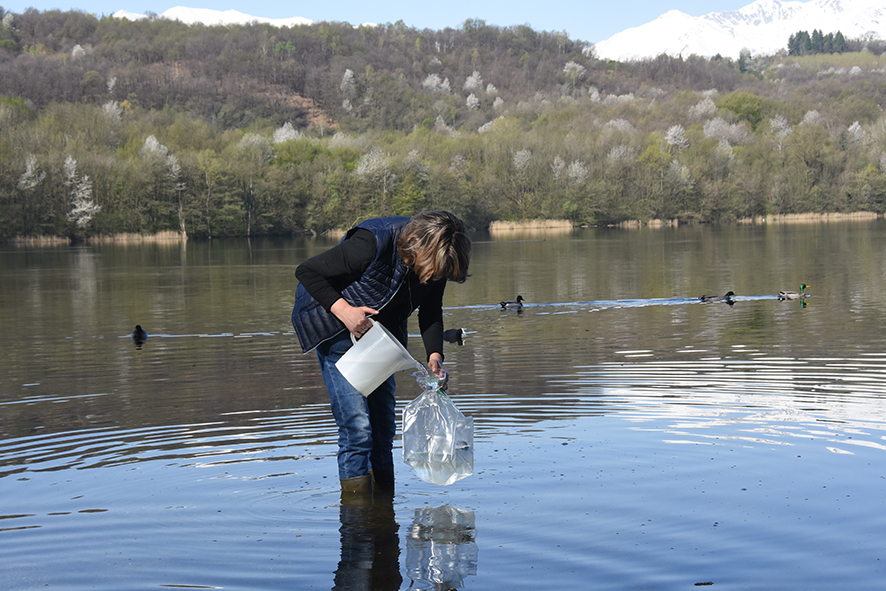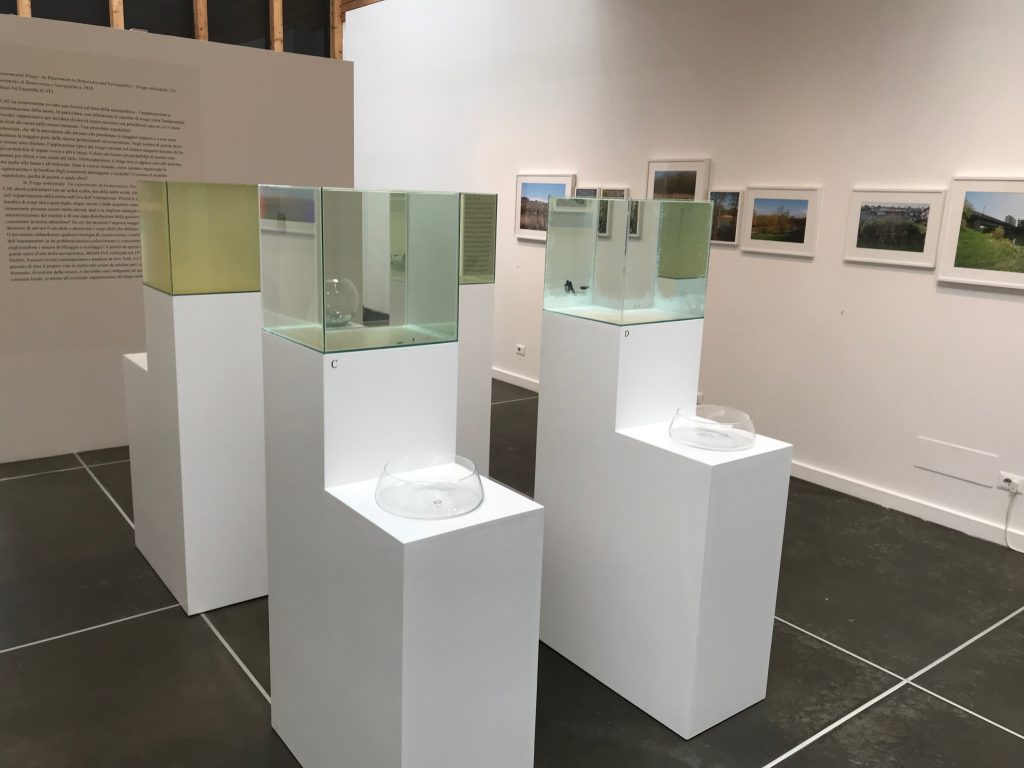
Recently, CAE has been studying necropolitics—the organization and administration of death. During this time we have become interested in the concept of triage as a fundamental organizing principle for deciding who lives and who dies when there are numerous injuries to contend with at one time. Most of us are familiar with this procedure due to its use in hospitals. There, where resources are plentiful, the person with the greatest injury receives the greatest share of resources and is treated before others of lesser injury. In the case of war, where resources are limited, the typical application of triage consists of designating who is most likely to survive an injury for the longest period of time, and they are treated first. Those with the worst injuries and those most likely to die are treated last, if at all. Unfortunately, triage applies not only to people, but to wildlife and the environment as well. Given limited resources, how do we organize the resuscitation and remediation of damaged or unhealthy ecosystems? Do we use the hospital model, the war model, or something else?

In Environmental Triage: An Experiment in Democracy and Necropolitics, CAE directly confronts its viewers with one of the many excruciatingly difficult choices in the organization of death in the Anthropocene. Given that resources for remediation of large bodies of water are limited and the cost can be extremely high, what is the best strategy to do the most good and distribute the greatest ecological justice for the wild and for society? Do we focus on that which is most ill, or do we cut our losses and opt to preserve those bodies of water that are the healthiest? Or should we abandon any preservationist strategy, and transform the pollution problem into a technical problem (solutionism), and focus on public waterworks with better filtering and recycling systems? Harkening back to one of the great necropolitical art works, Hans Haacke’s 1970 MOMA Poll at the Museum of Modern Art in New York, CAE asks the attending public to vote on what should be done about water in Torino and the Piedmont region. By the end of the exhibition, we should have a compelling visualization of the level of consensus that exists locally of how triage in the wild, as it relates to water resources, should be organized (if at all).




Note: Two versions of the project were realized: One at Parco Arte Vivente in Torino, and the other for the Seoul Media City Biennale.